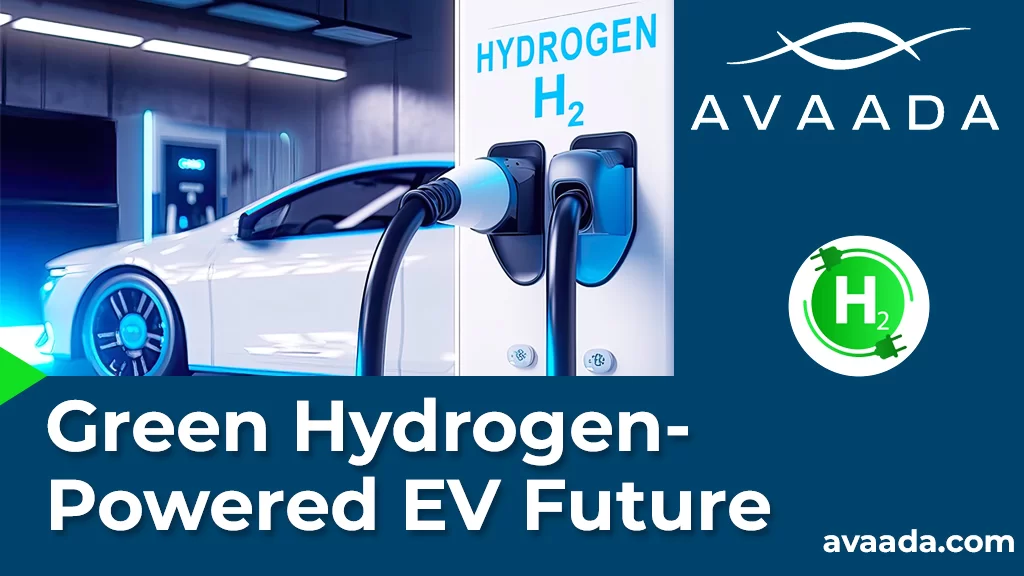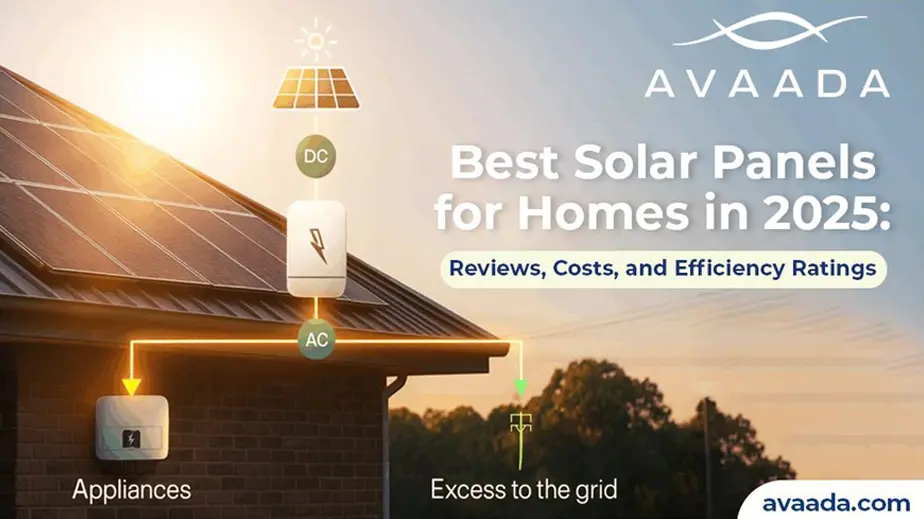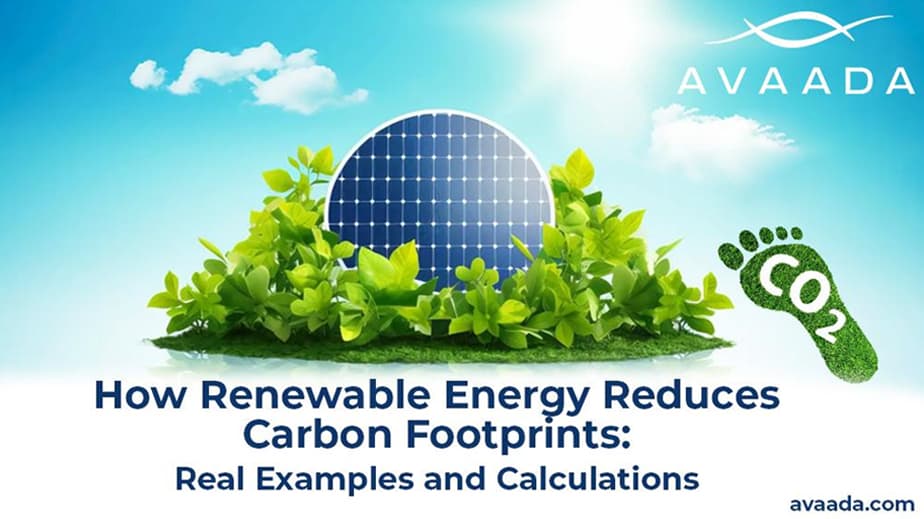As the world’s electric vehicle (EV) market gains speed, there has never been more pressure to produce sustainable, dependable, and scalable charging infrastructure. Though lithium-ion battery fast-charging stations have been pioneered to date, there is a newcomer making waves: green hydrogen. This renewable, clean fuel could revolutionize the EV charging experience, particularly for commercial fleets and heavy-duty transportation in the near future.
For leaders like Avaada, the inclusion of green hydrogen in electric mobility solutions is the future of energy innovation. As the world and India set ambitious decarbonization goals, the intersection of green hydrogen and EV infrastructure has the potential to revolutionize the transport and energy sectors in equal measure.
The Challenge with Traditional EV Charging
Even with the undeniable increase of electric cars, traditional charging points have a number of problems. They rely very much on grid power, which in many places in the world will still come from fossil fuels. This erodes the “clean” credibility of e-mobility.
Additionally, high-power EV charging needs can place massive pressure on the current power infrastructure, particularly during rush hours. With more EVs on the roads, expanding charging networks at scale proves to be a real challenge.
Here's where Green Hydrogen comes in
Green hydrogen is made by electrolyzing with renewable electricity, most often from solar or wind power, to separate water into hydrogen and oxygen. This is a zero-emission greenhouse gas process, and green hydrogen is one of the cleanest energy carriers available today.
Adding hydrogen to EV charging stations might at first seem counterintuitive, considering most EVs employ batteries. Yet there are two obvious channels through which green hydrogen will fuel EV infrastructure:
- Hydrogen Fuel Cell Vehicles (FCEVs): These EVs are powered by hydrogen gas and release only water vapor. Although less prevalent in the consumer market, they are well-suited for heavy trucks and commercial fleets with quicker refueling and greater ranges.
- Hydrogen Fuel Stations: Even for battery EVs, hydrogen may be employed to produce on-site power. Through hydrogen fuel cells or hydrogen-spiked turbines, charging stations may be made energy-independent, unaffected by grid variations or failures.
Avaada's Role in Promoting Hydrogen-Powered Mobility
Avaada has already made a mark as a pioneering player in the renewable energy sector through its solar and green hydrogen initiatives at scale. As India’s National Green Hydrogen Mission picks up steam, Avaada is positioned to play its part in contributing to a new clean energy and mobility solutions integration.
By investing in the production of green hydrogen and its applications in EV charging infrastructure, Avaada is contributing to creating a future where clean fuel is accessible not only for power networks but also for transportation networks. The company’s integrated approach, from energy generation to mobility, is aligned with international aspirations for net-zero emissions and lower fossil fuel dependency.
Learn about How is Green Hydrogen Converted to Electricity?
Advantages of Green Hydrogen for EV Charging Stations
1 . Off-Grid Energy Independence
Hydrogen fueling stations have the ability to be off-grid, providing much-needed backup in weak infrastructure or unreliable supply areas.
2 . Fast Refueling Speed
For hydrogen fuel cell vehicles, refueling is as fast as petrol or diesel vehicles, making it well-suited for commercial and logistics fleets.
3 . Less Grid Congestion
By decentralizing electricity generation with hydrogen, utilities can prevent grid congestion during high EV charging times.
4 . Scalability for Urban and Rural Areas
Green hydrogen solutions can be deployed flexibly across both densely populated urban centers and remote rural regions.
5 . Lower Carbon Footprint
When paired with renewable sources, hydrogen dramatically reduces lifecycle emissions, making it an essential tool for sustainable mobility.
Looking Ahead
Although battery-based EVs will prevail for the time being, green hydrogen is picking up quickly as a complementary option, especially in markets where battery restrictions are considerable. For EV charging networks, including hydrogen can provide enhanced energy diversity, resiliency, and scalability.
India, with its enormous renewable potential and policy backing, is not far behind. The success of all these depends significantly on public-private partnerships between governments, private sector companies, and clean energy innovators such as Avaada.
Explore our blog on Green Hydrogen 101: Exploring the Fundamentals and Essentials
Conclusion
Green hydrogen has tremendous potential as the next breakthrough in EV charging infrastructure. As a source of clean, dispatchable energy for charging facilities and facilitating new fuel routes for cars, hydrogen can overcome most of the existing constraints in electric mobility.
As renewable energy technologies advance, innovative companies such as Avaada are paving the way by combining state-of-the-art hydrogen technology with real-world applications in transport and infrastructure. And what’s the outcome? A less polluting, more adaptable, and genuinely sustainable EV future.








